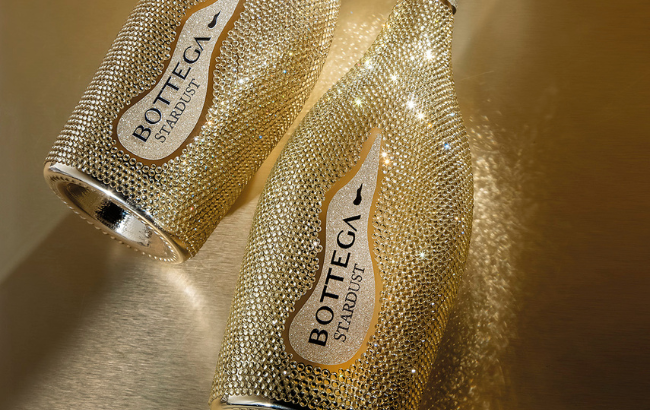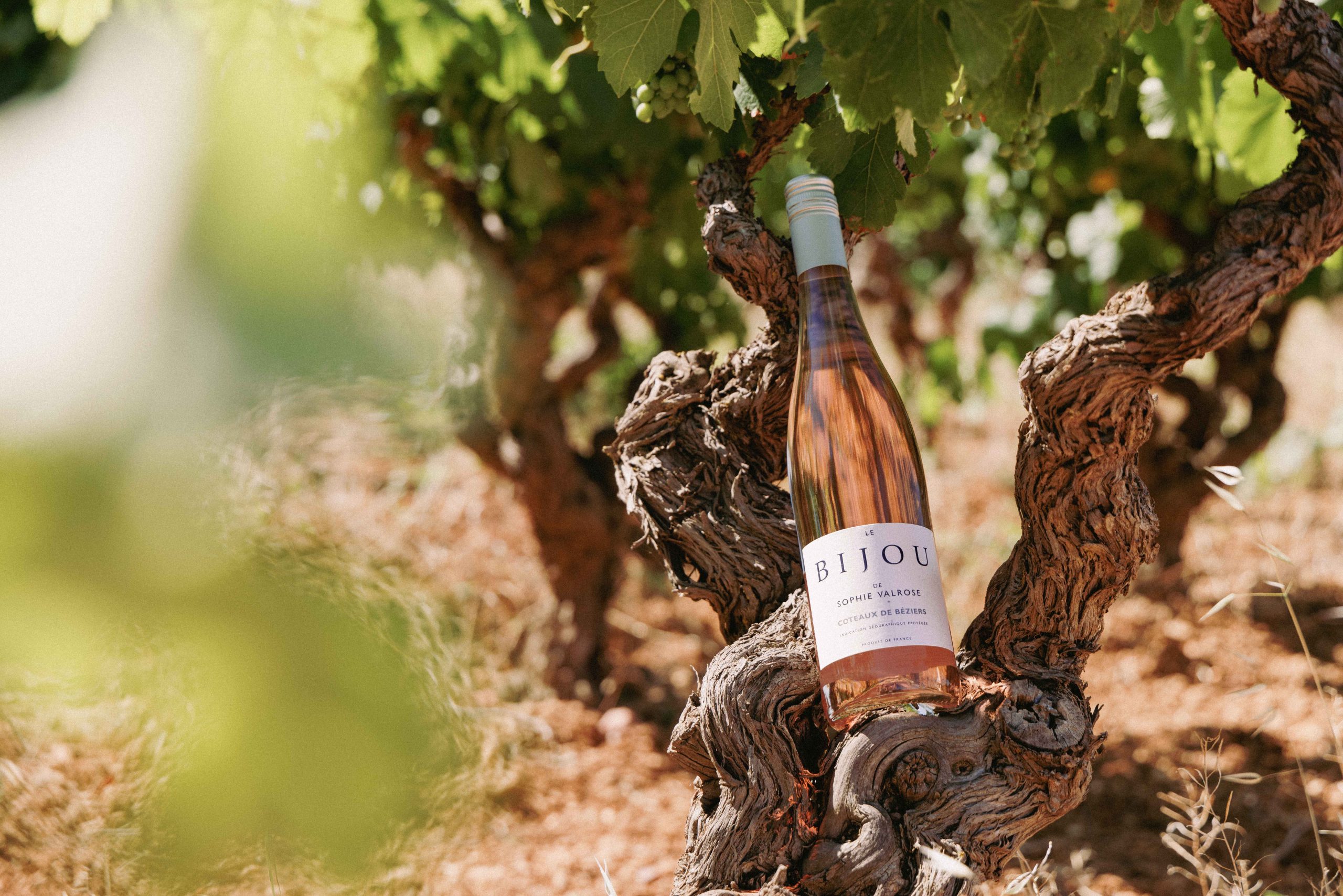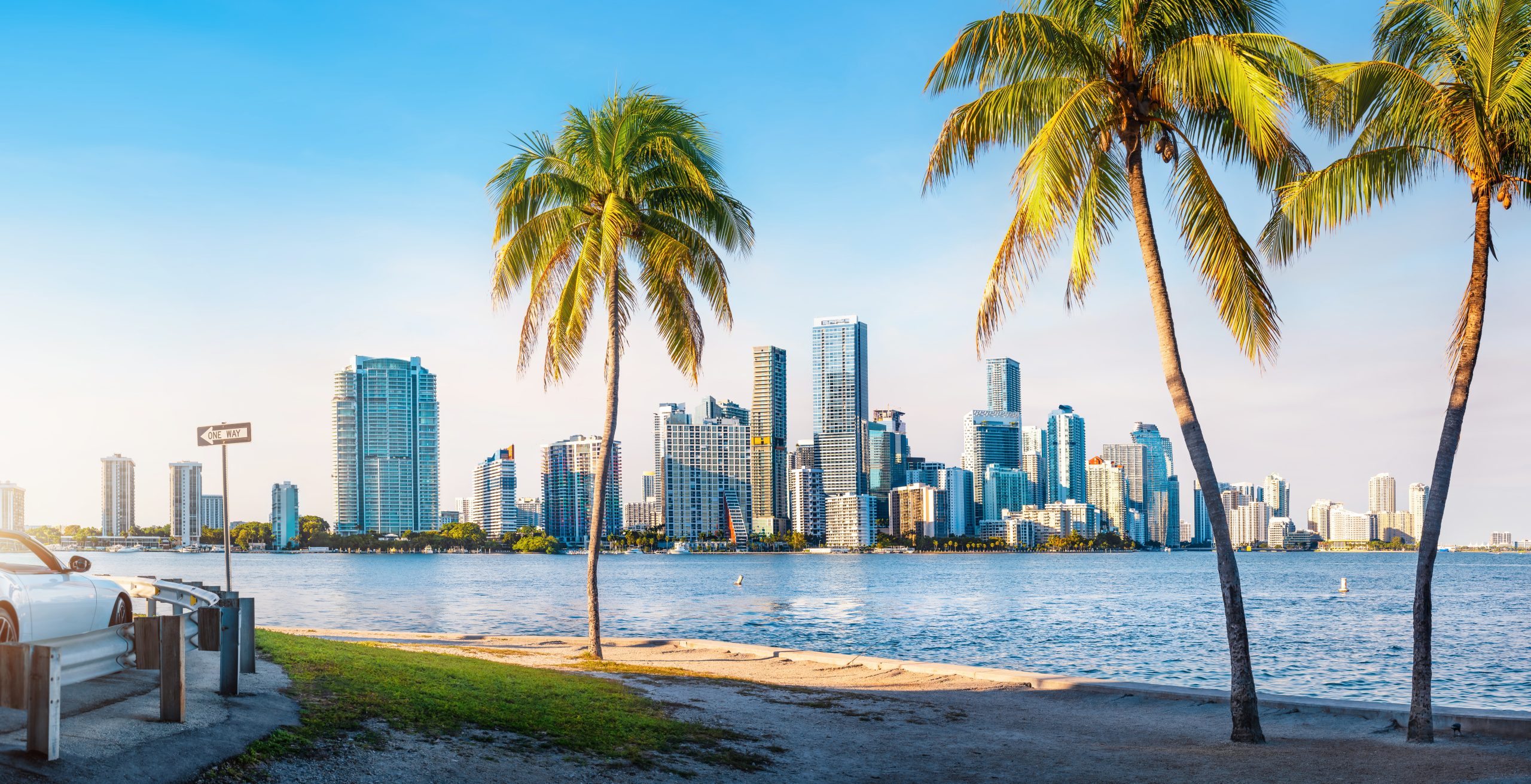MW Exam 2017: the wines that featured
We bring you the wines that candidates had to identify under timed conditions in last week’s Master of Wine exam.
The Master of Wine (MW) exam consists of two components: a Theory and Practical element, with the latter comprising three blind wine tastings on three consecutive mornings
The wine selection is always of interest to potential or existing MW students and the wider trade, because it gives one an idea how broadly you have to taste before sitting the exam. The test does normally contain a mix of the great and famous wines of the world as well as some of the most obscure. And, looking through this year’s paper, you will notice there are quite a lot of wines from the classic regions of Italy and France, such as Chablis and Chinon or Chianti Classico.
Although the final tasting paper – Paper 3 – does, in contrast, contain a number of little-known wines, don’t let that put you off attempting the exam, because few candidates would be expected to correctly identify exactly where these samples came from.
Indeed, the students aren’t actually asked to specify the origin of wines 4, 5 or 6 in the final tasting paper, because the emphasis is on correctly assessing the character of the wines, which include an orange wine from Western Australia, a Riesling from New Zealand and a Gewürztraminer from California. The examiners always deliberately choose a few wines you might never have tasted before so they can see how accurately you identify the key features of a wine, from the fruit character to the alcohol level. If you knew what the wine was, then it’s likely you would also know what the traits should be, and so your responses could be a reflection of your knowledge, rather than tasting ability.
Despite the difficult nature of this vinous test, over 150 students sat the exams last week in three parts of the world – tests were held in London, San Francisco and Sydney, from 6 June to 9 June.
The Master of Wine (MW) exam consists of two components: a Theory and Practical element, with the latter comprising three blind wine tastings on three consecutive mornings.
Each tasting exam (dubbed Paper 1, 2 and 3) contains 12 wines, and a series of questions regarding where they come from, what grapes they are made from, as well as how they are made, where they might be sold, and other things, like their abvs and sugar content.
Aside from the challenge of identifying the wines, and then answering questions about them – which involves carefully structuring a sensibly argued response – one has to be quick: candidates are given 2 hours and 15 minutes to complete the paper, giving them 11 minutes per wine.
Historically, Paper 1 has covered still white wines; Paper 2 has covered still red wines; and Paper 3 (traditionally known as ‘the mixed bag’) has covered a wide range including sparkling wines, fortified wines, and rosés.
The wines from this year’s Practical Paper are shown over the following pages, followed by the questions this year’s candidates were asked about them.
PRACTICAL PAPER 1
1 Muscadet Sèvre et Maine, Vincent & Sébastien Chéreau. 2015. Loire, France (12%)
2 Savennières, Château d’Epiré. 2014. Loire, France (13.5%)
3 Pouilly Fumé, Les Griottes, Jean-Pierre Bailly. 2015. Loire, France (12.5%)
4 Pinot Gris, Charles Schleret. 2007. Alsace, France (14%)
5 Pinot Gris, Neudorf. 2015. Nelson, New Zealand (14%)
6 Soave Classico, Inama. 2016. Veneto, Italy (12%)
7 Roero Arneis, Cornarea. 2016. Piemonte, Italy (13.5%)
8 Muscat Réserve, Trimbach. 2014. Alsace, France (12.5%)
9 Albariño, Pazo de Villarei. 2015. Rias Baixas, Spain (12.5%)
10 Condrieu, Coteau de Vernon, Georges Vernay. 2014. Rhône, France (14%)
11 Meursault, 1er Cru Les Charmes Dessus, Château de Meursault. 2013. Burgundy, France (13.5%)
12 Chablis, Vielles Vignes de Sainte Claire, Jean Marc Brocard. 2014. Burgundy, France (12.5%)
QUESTION 1
Wines 1-3 are all from the same country and region.
For each wine:
a) Identify the origin as closely as possible, with reference to the grape variety(ies) used. (3 x 11 marks)
b) Discuss the winemaking techniques used to arrive at this style. (3 x 8 marks)
c) Discuss the commercial potential. (3 x 6 marks)
QUESTION 2
Wines 4-5 are made from the same grape variety.
With reference to both wines:
a) Identify the grape variety. (16 marks)
For each wine:
b) Identify the origin as closely as possible. (2 x 6 marks)
c) Discuss the wine’s quality and maturity within the context of its origin. (2 x 6 marks)
d) What are the key winemaking techniques used in the wine’s production? (2 x 5 marks)
QUESTION 3
Wines 6-7 are from Italy and are made from different grape varieties.
For each wine: a) Identify the origin as closely as possible with reference to the grape variety used. (2 x 12 marks)
b) Discuss the wine’s style and quality; in which area of the trade would this wine be most successful? (2 x 13 marks)
QUESTION 4
Wines 8-10 are all from Europe and each is made from a different grape variety.
For each wine:
a) Identify the grape variety. (3 x 8 marks)
b) Identify the origin as closely as possible. (3 x 8 marks)
c) Consider how the winemaker has sought to retain the wine’s sense of place. (3 x 9 marks)
QUESTION 5
Wines 11-12 are made from the same grape variety.
For each wine: a) Identify the origin as closely as possible. (2 x 10 marks)
b) Identify the vintage and consider the capacity to improve in the bottle. (2 x 8 marks)
c) Discuss the method of production with particular reference to the use of oak. (2 x 7 marks)
PRACTICAL PAPER 2
1 Château Montrose. 1996. St Estèphe, Bordeaux, France (12.5%)
2 Cabernet Sauvignon / Shiraz, Oxford Landing. 2014. South Australia, Australia (13.5%)
3 Cabernet Sauvignon, Silver Oak. 2012. Alexander Valley, California, USA (14.2%)
4 Rubicon, Meerlust. 2013. Stellenbosch, South Africa (14%)
5 Montepulciano d’Abruzzo, La Piuma. 2015. Abruzzo, Italy (13%)
6 Chianti Classico Riserva, ‘Rancia’, Felsina Berardenga. 2012. Tuscany, Italy (14.5%)
7 Barolo, Pio Cesare. 2012. Piemonte, Italy (14%)
8 Etna Rosso, Archineri, Pietradolce. 2014. Sicily, Italy (15%)
9 Chinon, Domaine de la Semellerie. 2014. Loire, France (12.5%)
10 Spätburgunder, Martin Wassmer. 2014. Baden, Germany (13.5%)
11 Pinotage, Kaapzicht. 2013. Stellenbosch, South Africa (14.5%)
Partner Content
12 Lagrein, Castel Turmhof, Tiefenbrunner. 2014. Südtirol / Alto Adige, Italy (13%)
QUESTION 1
Wines 1-4 are from different countries. They all share a common dominant grape variety.
With reference to all four wines: a) Identify the common dominant grape variety. (16 marks)
For each wine:
b) Identify the origin as closely as possible. (4 x 8 marks)
c) Identify the key winemaking techniques used, with reference to other grape varieties and any oak maturation. (4 x 6 marks)
d) Comment on quality and maturity. (4 x 7 marks)
QUESTION 2
Wines 5-8 are from the same country but from different regions.
For each wine:
a) Identify the origin and variety(ies) as closely as possible. (4 x 12 marks)
b) Assess the quality within the context of the region of origin. (4 x 7 marks)
c) Comment on the maturity. (4 x 6 marks)
QUESTION 3
Wines 9-12 are made from different grape varieties.
For each wine: a) Identify the grape variety. (4 x 8 marks)
b) Identify the origin as closely as possible. (4 x 8 marks)
c) Comment on quality and commercial potential, within the context of the region of origin. (4 x 9 marks)
PRACTICAL PAPER 3
1 White Zinfandel,SutterHome.N.V.California,USA(9.5%)
2 Billette Rosé,Pradel. 2015. Provence, France (13%)
3 Pelorus Rosé, CloudyBay .N.V. Marlborough, NewZealand (12.5%)
4 ‘Amber’,Cullen. 2014. Margaret River, WA, Australia(15%)
5 Riesling, Giesen. 2015. New Zealand (10%)
6 Gewürztraminer, Late Harvest, Husch Estate. 2014. Anderson Valley, California, USA (11%)
7 Cuvée Juveniles,T orbreck. 2014. Barossa Valley, Australia (14.5%)
8 Châteauneuf du Pape, Domaine du Vieux Lazaret. 2013. Rhône Valley, France (14%)
9 Côte de Nuits Villages,Vielles Vignes, Domaine David Clark. 2012. Burgundy, France(13%)
10 Nuits St Georges, 1er Cru Clos des Argillières, Domaine Rion. 2011. Burgundy, France (13%)
11 Palo Cortado, Viejo CP, Valdespino. N.V. Jerez, Spain (20%)
12 Maury ‘Grande Reserve’, Domaine Pouderoux. N.V. Roussillon, France (15.5%)
QUESTION 1
Wines 1-3 are rosés from three different countries.
For each wine: a) Identify the origin as closely as possible with reference to the style. (3 x 7 marks)
b) Highlight the key winemaking techniques used. (3 x 8 marks)
c) Discuss the commercial appeal and market positioning. (3 x 10 marks)
QUESTION 2
Consider wine 4 to be of unknown origin.
For this wine: a) Highlight the key winemaking techniques used. (15 marks)
b) Discuss its style, quality and possible market positioning. (10 marks)
QUESTION 3
Wines 5-6 are labelled as different single grape varieties.
For each wine: a) Identify the grape variety. (2 x 8 marks)
b) State the level of residual sugar (g/l) and level of alcohol (%). (2 x 4 marks)
c) Discuss the quality and commercial potential. (2 x 13 marks)
QUESTION 4
Wines 7-8 are made predominately from the same grape variety.
Considering both wines together: a) Name the dominant grape variety. (10 marks)
b) Identify the origin(s) as closely as possible. (20 marks)
c) Compare and contrast the styles with reference to the likely market positioning of each wine. (20 marks)
QUESTION 5
Wines 9-10 are from the same country and region.
For each wine: a) Identify the origin as closely as possible. (2 x 8 marks)
b) Consider the likely vintage. (2 x 7 marks)
c) Comment on the quality and potential to improve further in the bottle. (2 x 10 marks)
QUESTION 6
Wines 11-12 are both fortified.
For each wine: a) Identify the origin as closely as possible. (2 x 9 marks)
b) Comment on the method of production with reference to the wine’s quality. (2 x 10 marks)
c) Who would buy this wine? (2 x 6 marks)




